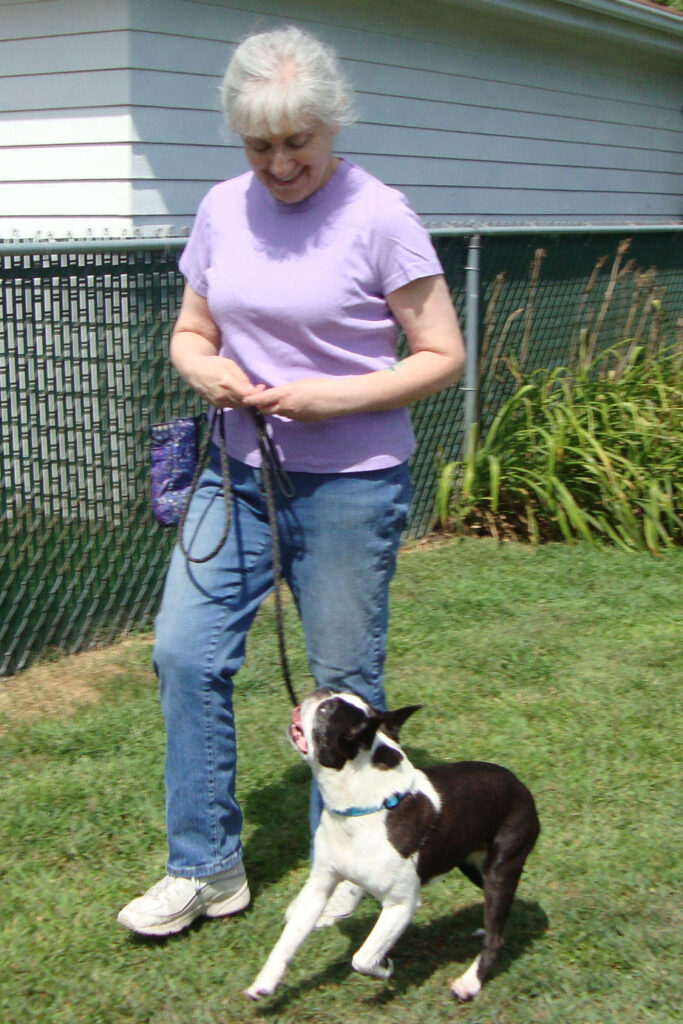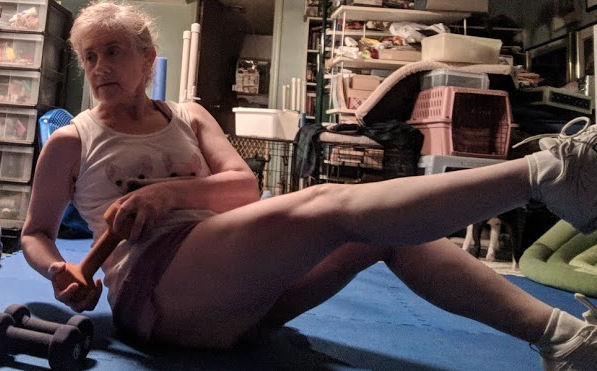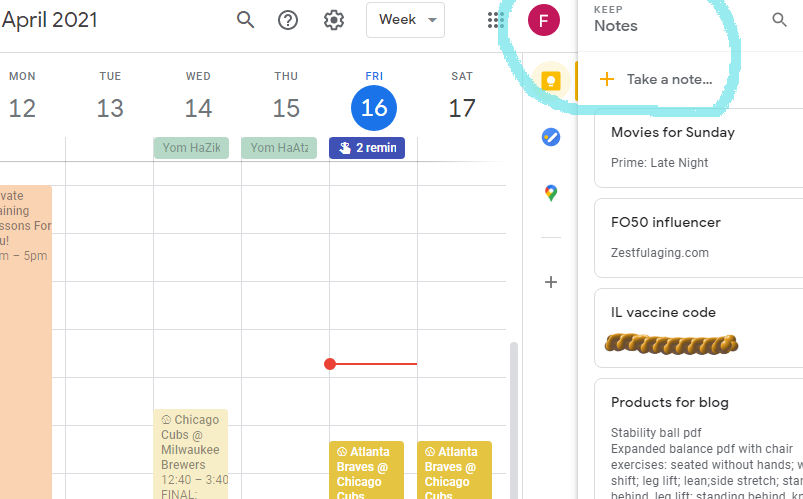I’ll use losing weight as an example, but the same truth holds for nearly every undertaking. They say that losing weight takes real commitment. So you hesitate because, well, commitment. But commitment is easy.
Where do you want to be?
When the path offered to you is the best way to get to where you want to be, it’s easy to stay committed to that path. When your reason for taking that path is so important to you that it keeps you up at night, has you researching solutions at all hours of the day, and distracts you so much that you find it difficult to focus on other things, commitment is easy.
If the vision you have for your life involves playing with kids, grandkids, dogs or even cats, commitment to your weight loss path is easy. If you want to work in your garden or even sit comfortably in a chair, if you have that focused picture in your brain, commitment to losing weight is easy.
My grandmother had triceps that I did not want. Really did not want. I realized that at an early age, when she was probably no older than I am now (65). I wanted toned arms, not wiggly jiggly arms. Commitment to that was easy. So most every workout I do now has a section that focuses on triceps (triceps kickback exercise pictured).
If your reason for undertaking that journey is so overwhelming that there is no other option than to take it, then there’s no question of your commitment.But if you think to yourself that it would just be “nice,” then you won’t be committed to that goal.
Do you have the reason to commit?
So, think about your reasons to undertake that journey. Are they all-consuming, or just “nice?” If they’re just nice, this is probably not the time for you to start. If you have questions, if you’re not certain, then certainly you’ll fail.
On the other hand, if your reason is so huge that it takes up most of your brain, it’s time to focus. Recognize that no one else will do this for you. (I wrote about this a while ago.) Time to plan. Start to think of a concrete method to get you to where you want to be.
Once you have a reason and a plan, there’s no stopping you! It’s time to put that plan into action.
Next step: set goals. I find that it’s best to lay out my ultimate goal – what the final picture looks like. Then set intermediate goals. These goals must be challenging, but achievable. And they must be written down. If you see your goals in your own handwriting, they’re yours. You have an investment in them.
Start brainstorming. What do you REALLY want?









